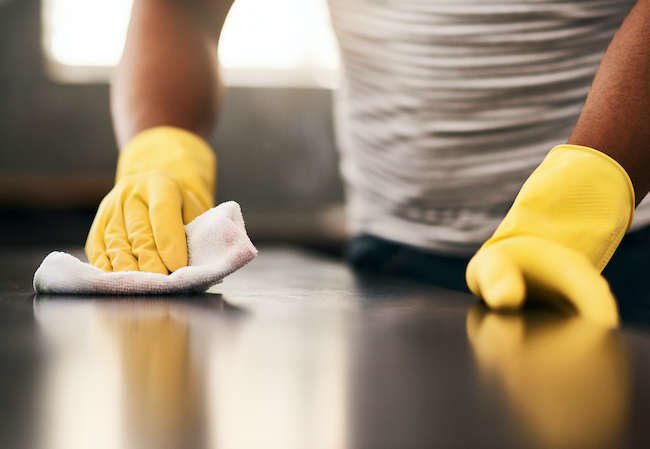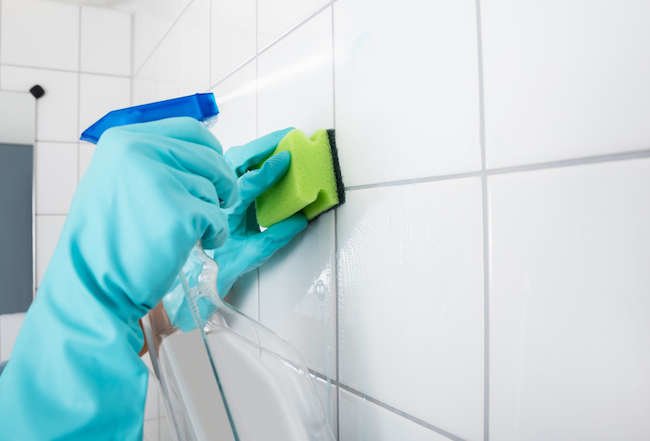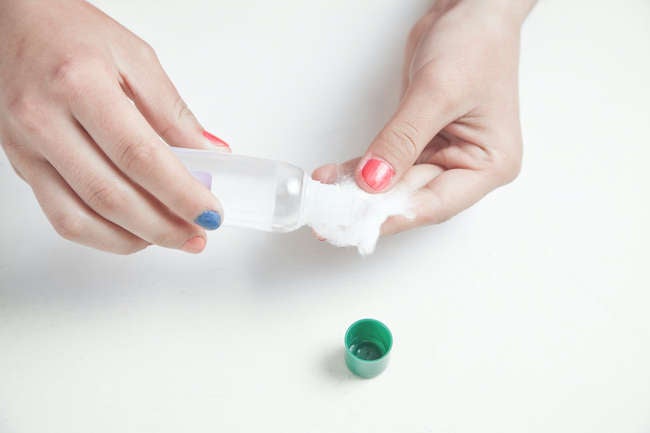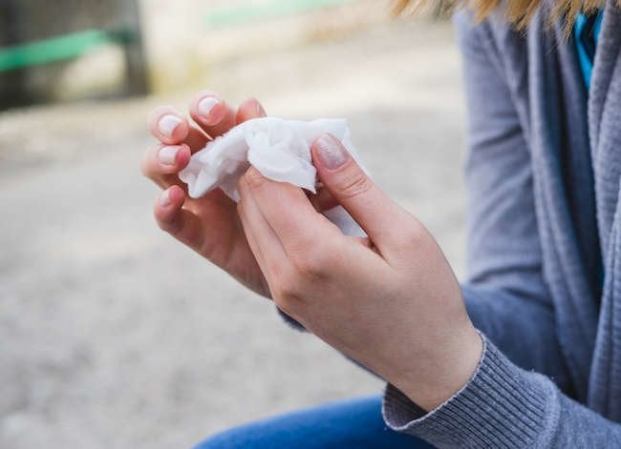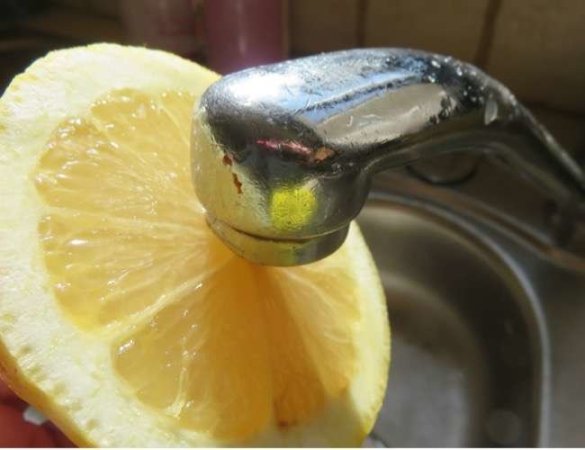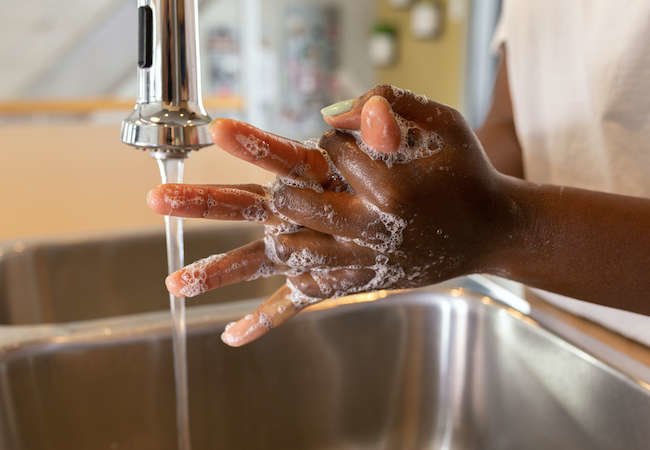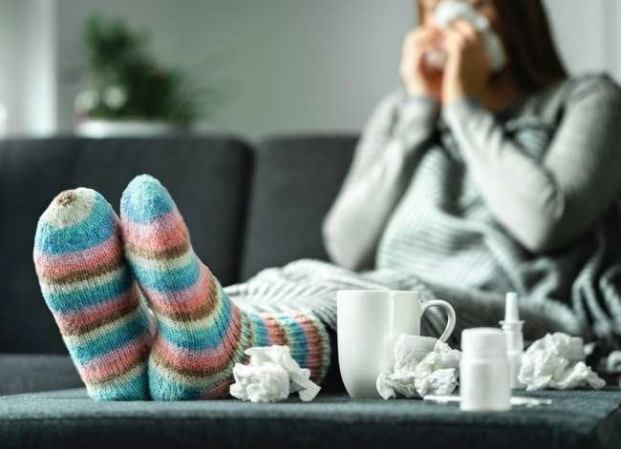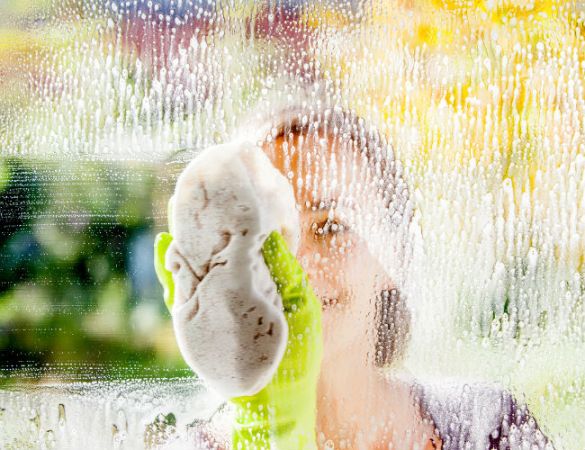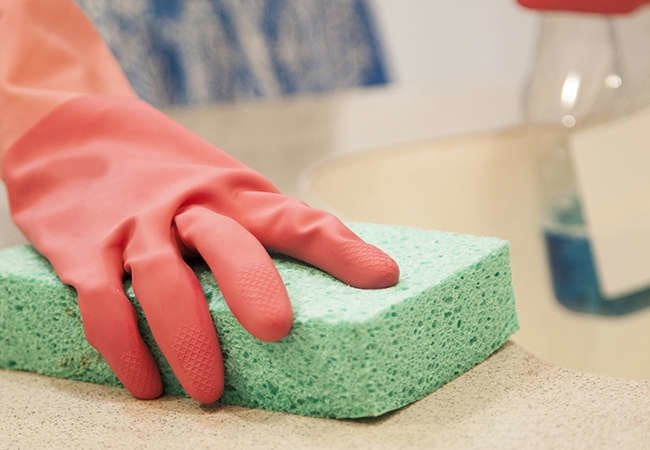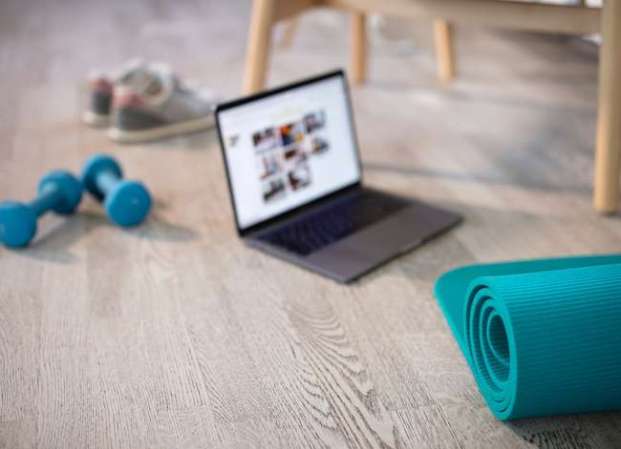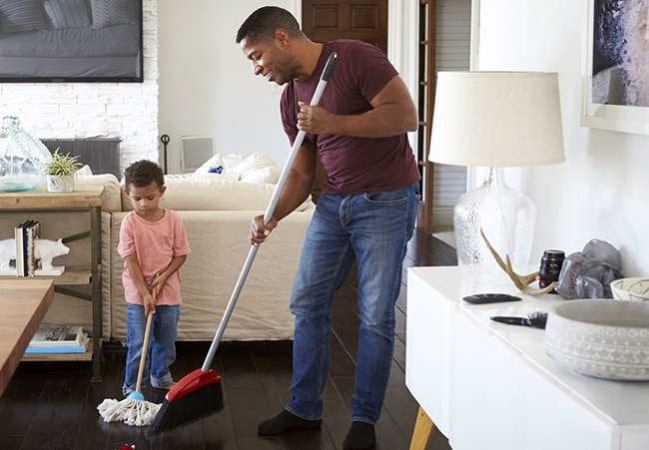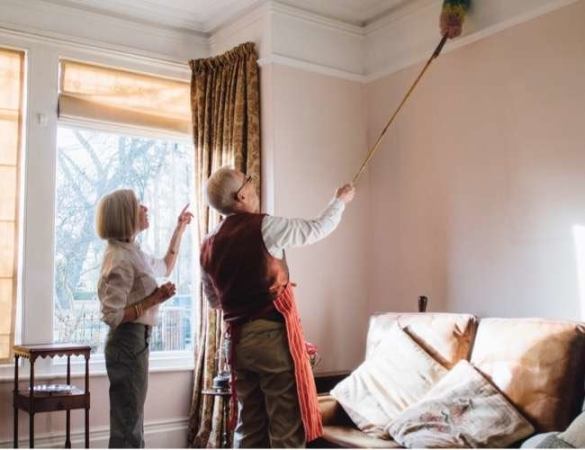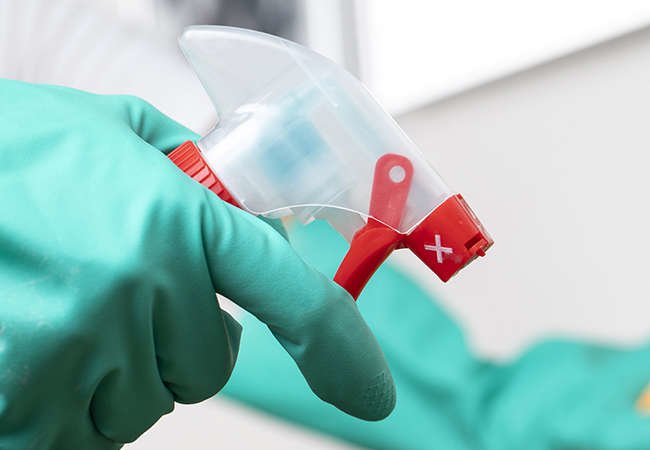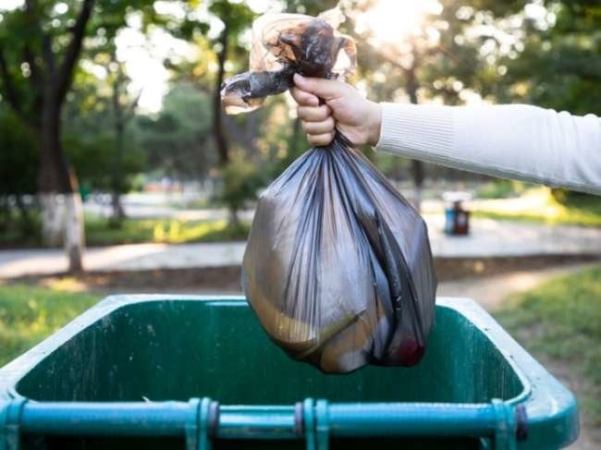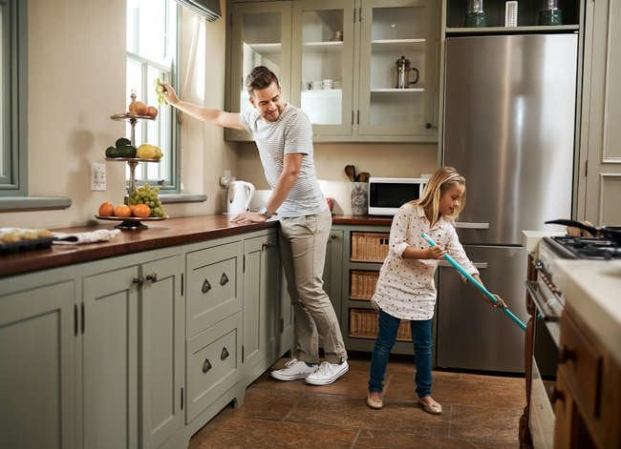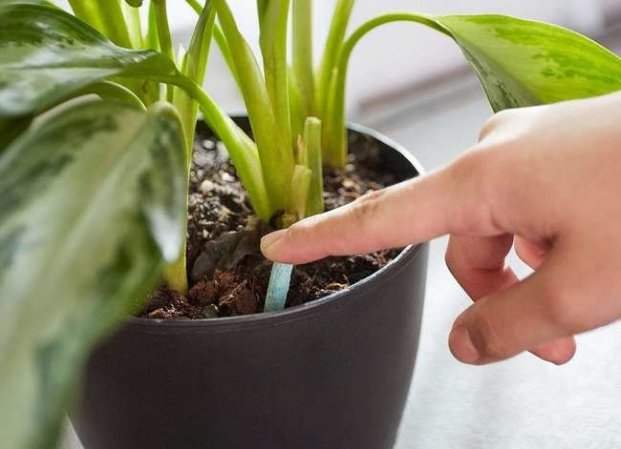We may earn revenue from the products available on this page and participate in affiliate programs. Learn More ›
Clean Smarter
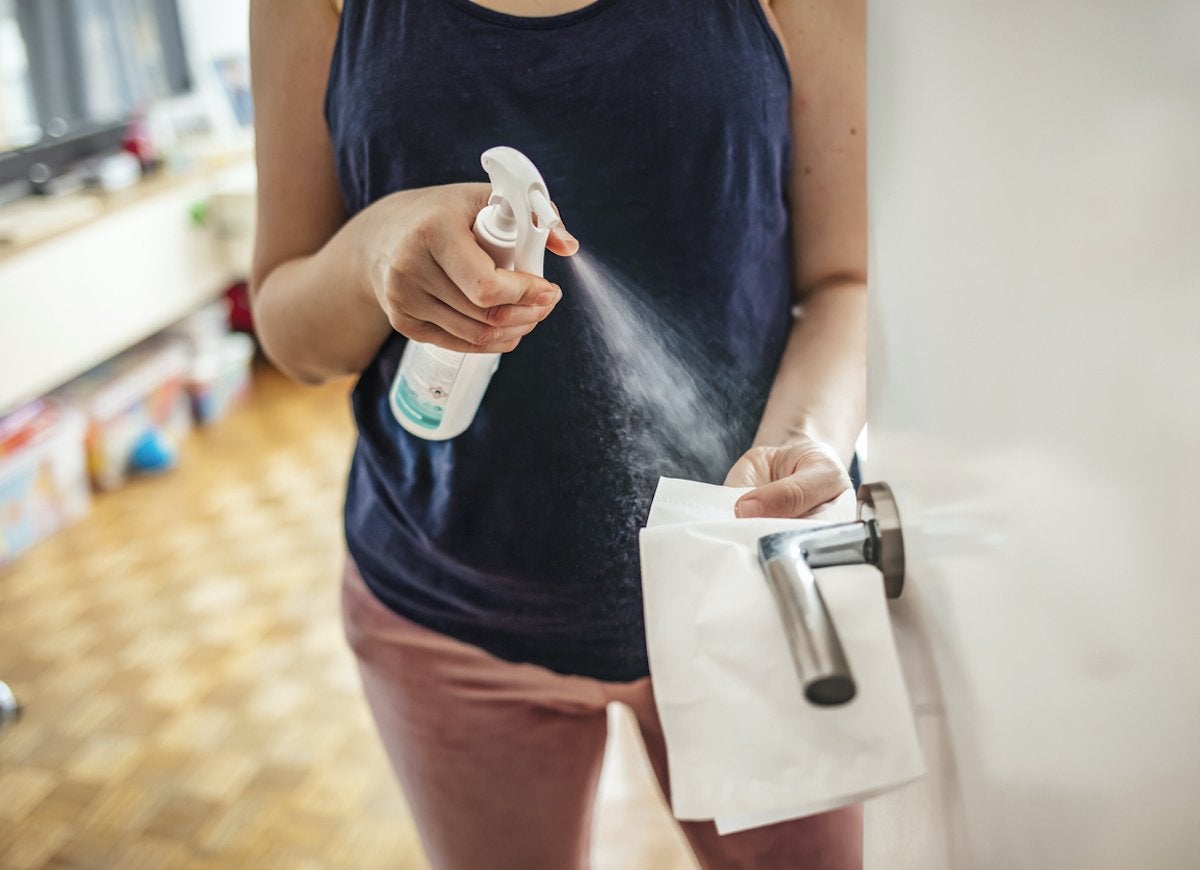
Of course, you clean your house! In fact, you may be more vigilant than ever about disinfecting due to the global health crisis that has everyone on guard. But tackle contaminated surfaces incorrectly and your hard work may be less effective. What’s more, you may unwittingly expose yourself and your family to dangerous chemicals. The time has come to learn proper practices for safe, smart cleaning and disinfecting.
Cleaning or Disinfecting? Know the Difference!
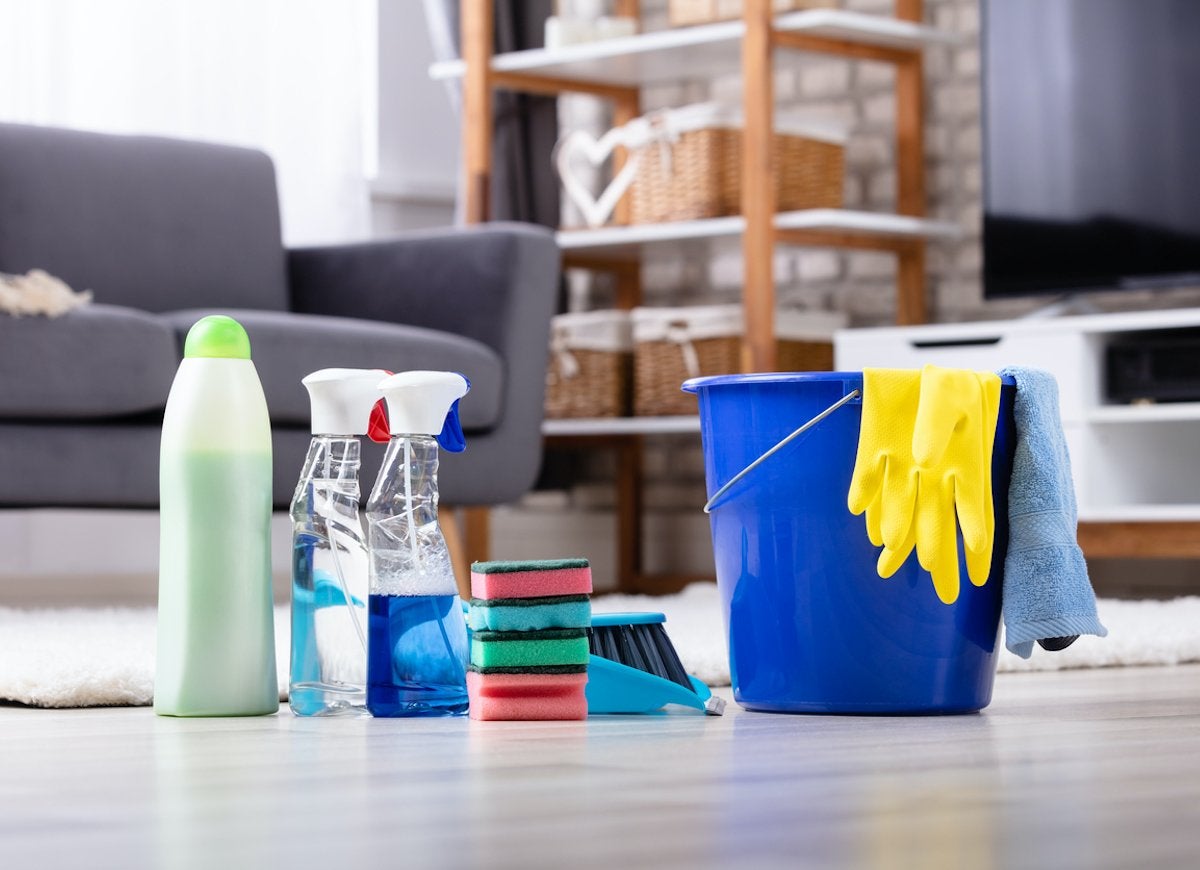
Cleaning and disinfecting are both necessary, according to the Centers for Disease Control, to adequately address viruses like Covid-19 and SARS. Cleaning physically removes viruses and bacteria while disinfecting neutralizes them, and the secret lies in sanitizing correctly—it’s not just as simple as spray and wipe. Using either commercial or DIY disinfectant on all high-traffic surfaces regularly can keep your home free of viruses and bacteria, as long as you aovid these nine common disinfecting fails.
Related: 12 Ways You’re Accidentally Spreading Germs Around Your House
Using Ineffective Solutions
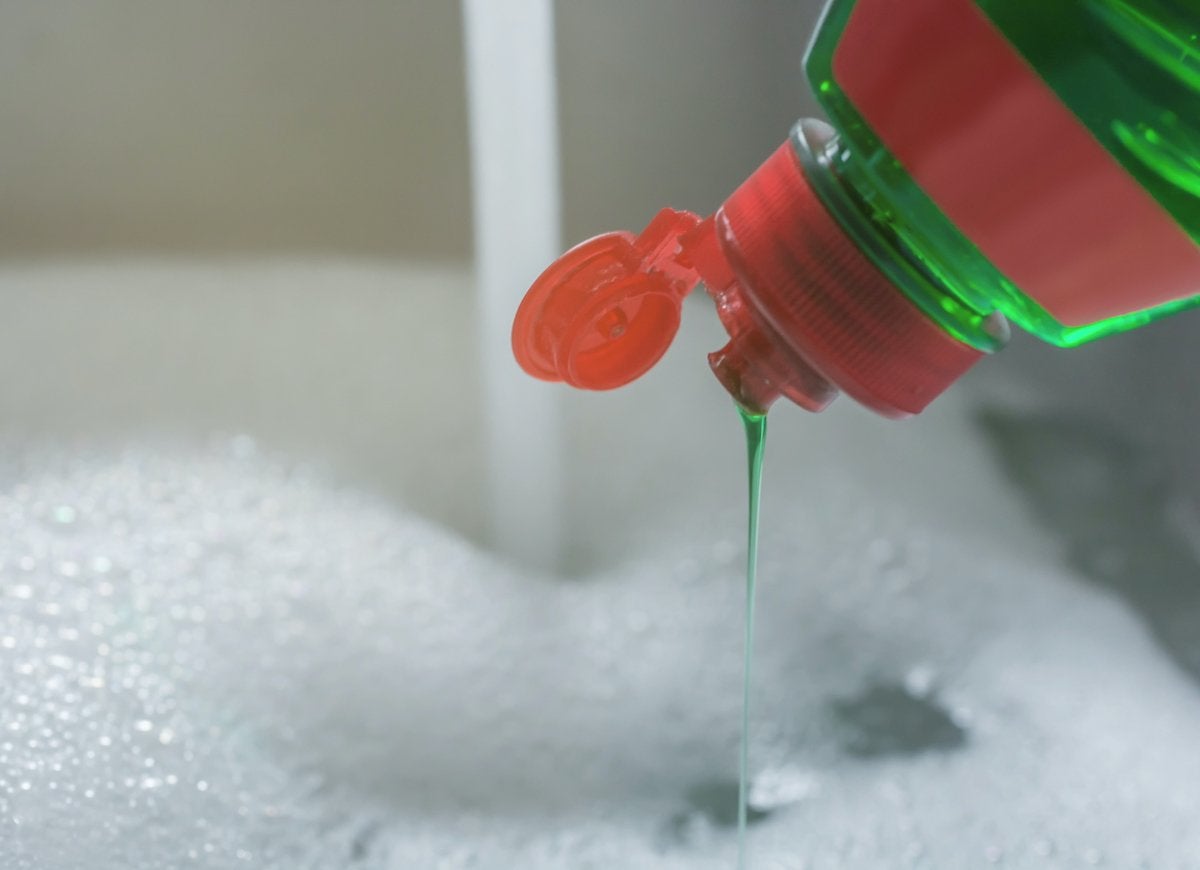
To disinfect your home, use appropriately strong solutions. Soap and water are effective cleaning agents, but they can’t adequately disinfect. Eco-friendly products must have a high enough alcohol or bleach concentration to kill bacteria and viruses. DIY disinfectants and sanitizers can destroy bacteria and viruses but you need to mix these solutions properly for them to be effective.
To kill viruses like Covid-19 and SARS, a disinfectant requires an alcohol content between 60 to 99 percent or a sodium hypochlorite concentration of five to six percent for bleach products. It’s fine to simply use isopropyl alcohol, commonly called rubbing alcohol, which falls between 68 and 72 percent alcohol—enough to kill viruses in less than a minute without leaving a sticky residue.
Mixing Disinfectants
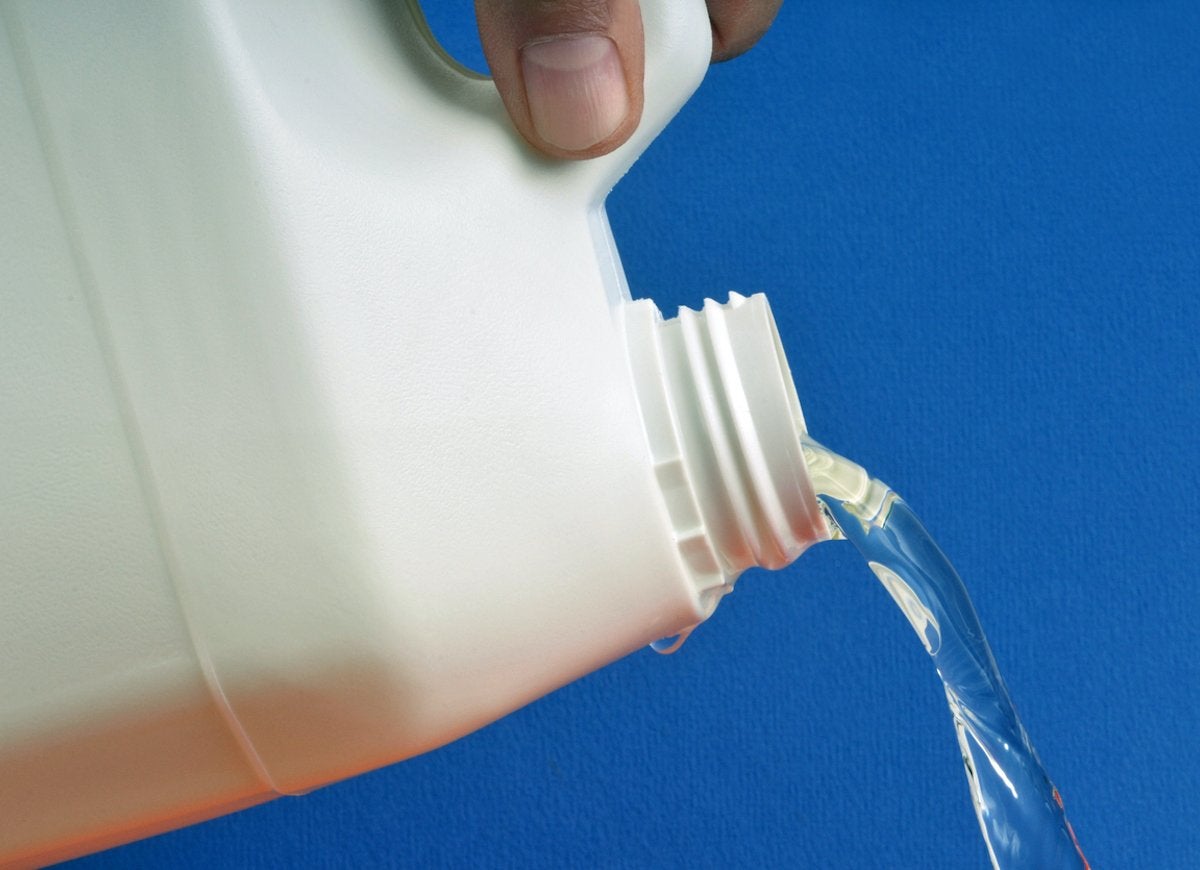
Should you ever start to run short of disinfectant during your zealous germ-killing routine, you may be tempted to top off your spray bottle with a different disinfectant you have on hand—a possibly deadly mistake! The chemical combination of a cleaning product like vinegar with a disinfectant like bleach can damage the eyes, nose, throat, lungs, and nervous system. More dangerous is the explosive mixture of liquid bleach and ammonia—this create chloramine gas, which damages airways and can be lethal. Bottom line: Never mix cleaning and disinfecting products for any reason, and make sure all bottles are clearly labeled so you won’t do so accidentally.
Omitting Pre-cleaning
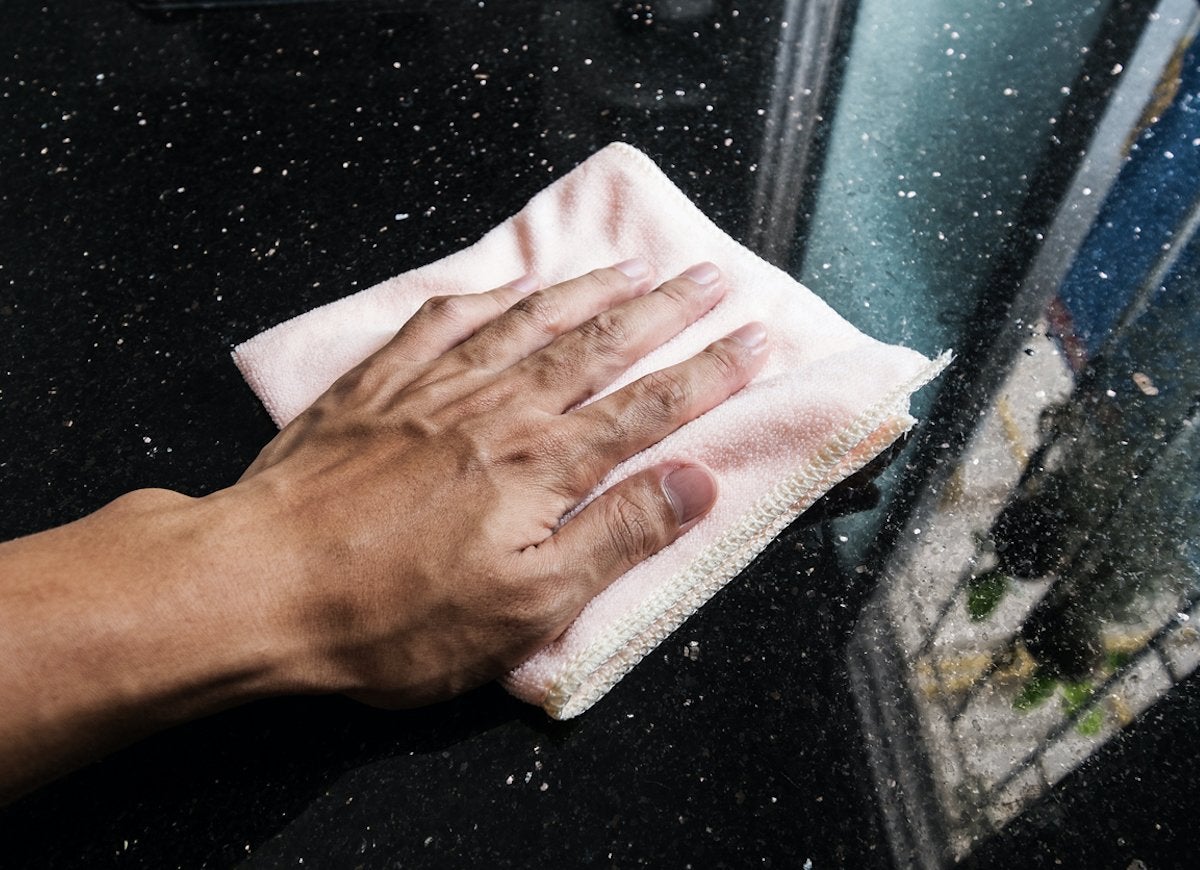
Even if light switches, door handles, countertops, and other high-traffic surfaces look spotless and feel clean to the touch, you don’t jump straight to disinfecting. Washing these areas first will help disinfectant be more effective. Regular cleaning with soap and hot (at least 140°F) water helps remove viruses and bacteria mechanically. It also removes stuck-on dirt and grime
that can hinder the disinfecting process. Soap can even break down the fatty lipid layer that protects viruses like Covid-19, SARS, and MERS, allowing disinfectants to work more efficiently. So for best results, “pre-clean” all surfaces with soap and hot water before disinfecting.
Neglecting Personal Hygiene
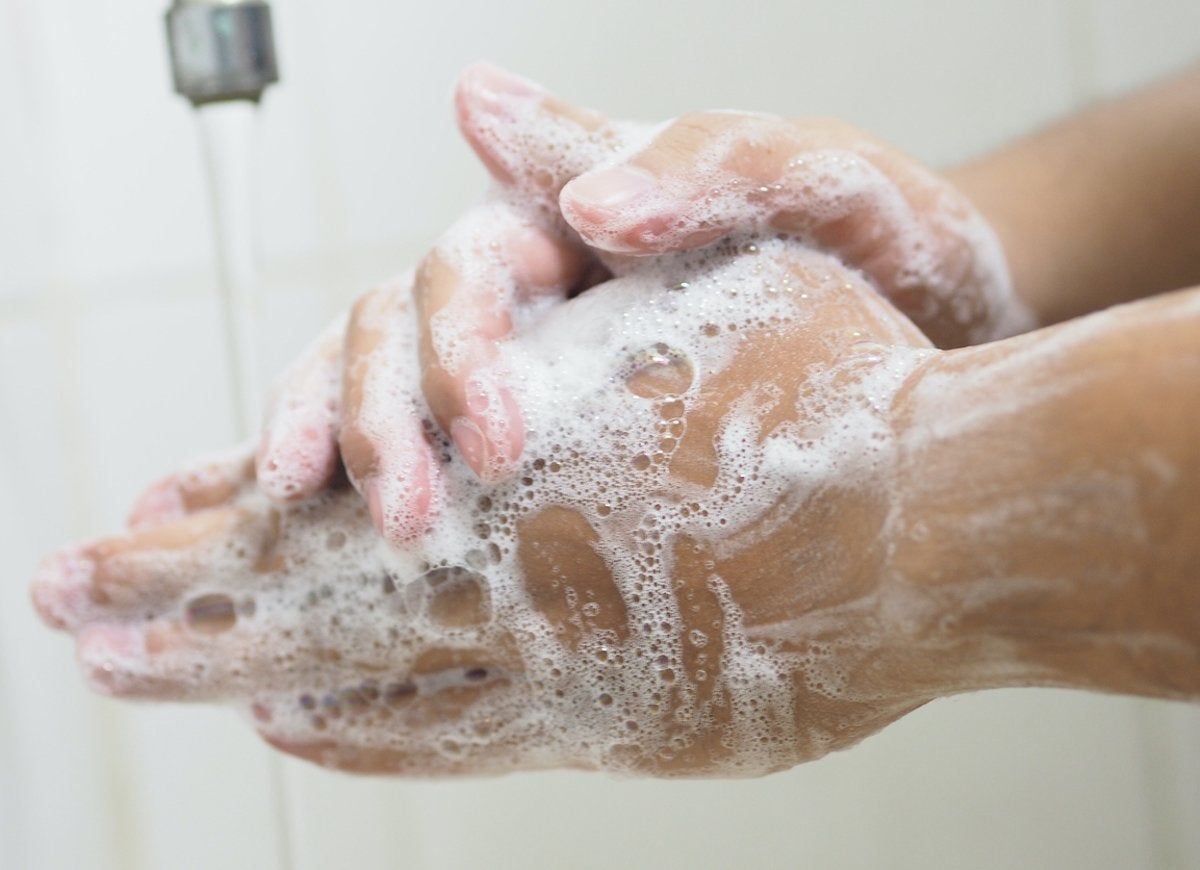
Few folks do housekeeping duties fresh from the shower and wearing a newly laundered outfit. Trouble is, if you’re dirty, you can contaminate the surfaces you’re trying to clean and disinfect. Be sure to scrub your hands and wear clean (if shabby!) clothes prior to tackling your chores.
Related: 15 Cleaning Mistakes Everyone Makes
Going Without Gloves
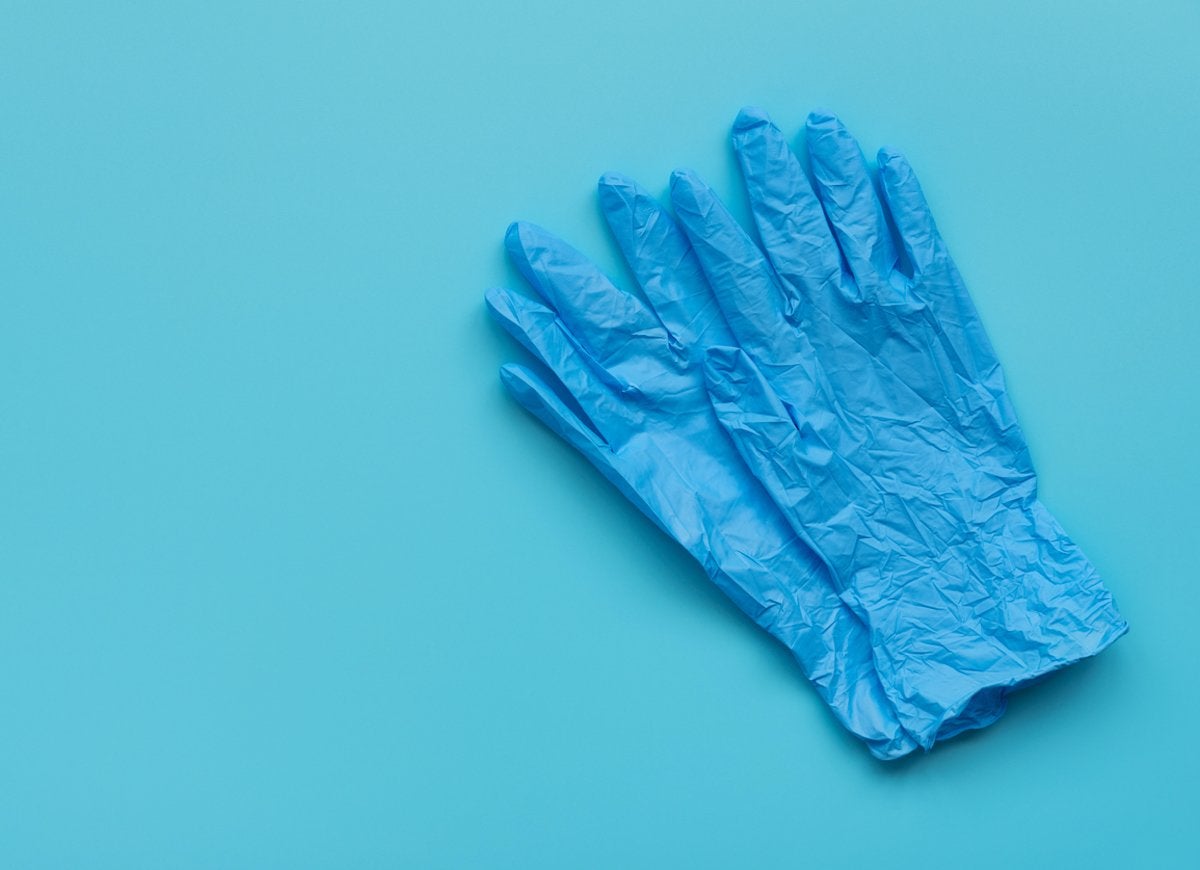
Disinfectants designed to nullify viruses and bacteria use harsh chemicals and solutions that are 60 to 99 percent alcohol. These components can quickly dry out your skin, leaving your hands cracked, bleeding, and painful. The solution? Invest in a box of disposable gloves made of latex, vinyl, or—for fewer allergic reactions and better durability—nitrile. Clean and disinfect while wearing gloves, then toss them in the trash.
If you prefer to clean with reusable latex or rubber gloves, be sure to clean and disinfect them after use. Wash the outside of gloves with soap and water, then rinse, while still wearing them. Remove the gloves, wash your hands in soap and water, then turn the gloves inside out and soak them for five to ten minutes in clean, soapy water. Once completely clean inside and out,
hang to dry. Once dry, apply disinfectant or sanitizer to the outside of gloves only (application to the inside is inadvisable because the skin of your hands could be damaged).
Whatever gloves you choose, wash hands well with soap and water after use, then follow with hand lotion if desired to further stave off dryness.
Forgetting Certain Surfaces

To disinfect properly, most folks prioritize obvious high-traffic, often-touched areas such as bathroom surfaces, light switches, countertops, and doorknobs. But some surfaces tend to get neglected, even though they’re in constant contact. So be equally vigilant about laptops, keyboards, cellphones, kitchen cabinet handles, remote controls, and desks (especially for those who work at home).
While you can’t use soap and water on electronics, dust them well and then disinfect using a strong, alcohol-solution and a clean microfiber cloth. Apply the disinfectant to the microfiber cloth until damp, then wipe every accessible surface of your electronics, including computer keyboard, mouse, screen, and cell phone.
Spraying Food Items
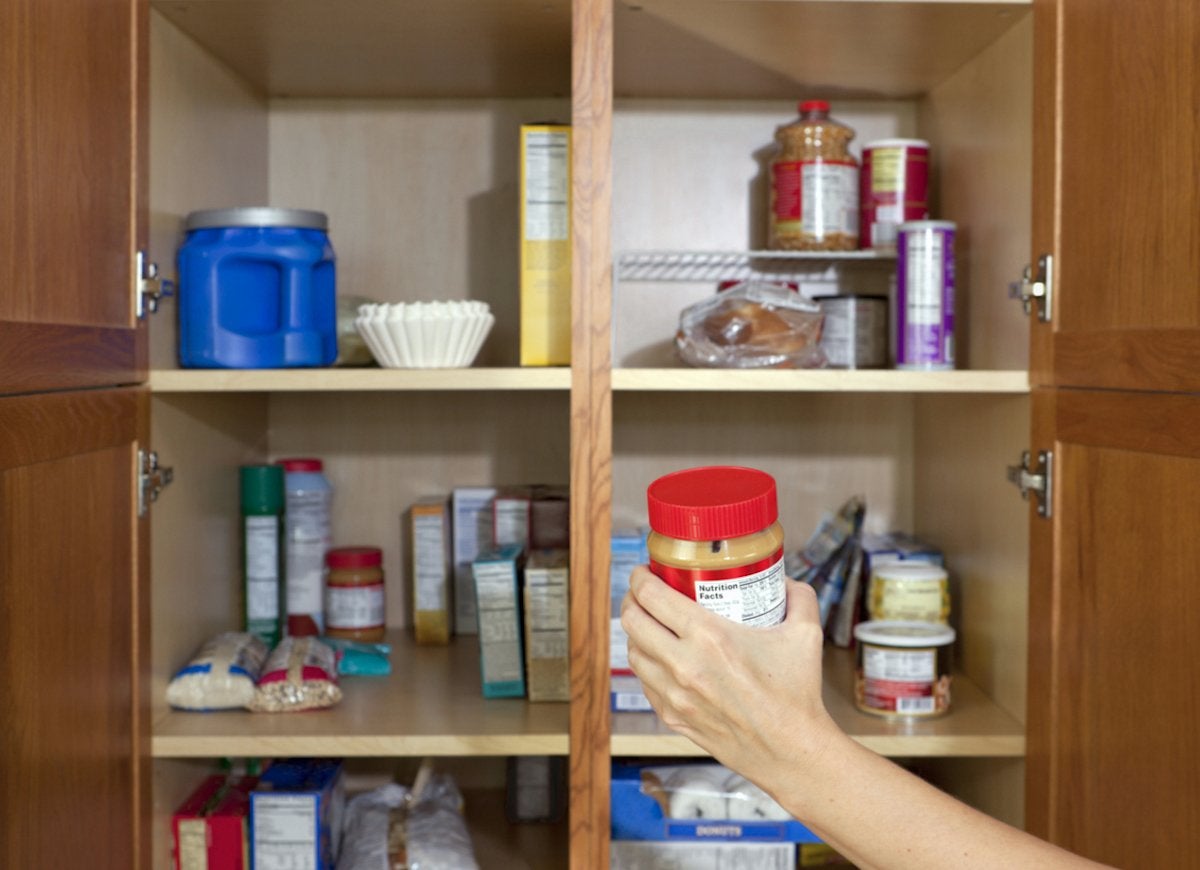
Accidental consumption of disinfectant can be lethal. Isopropyl alcohol can cause dizziness, vomiting, intestinal bleeding, and possibly death if consumed. Bleach consumption, sure to burn your organs on its way through your body, can also cause nausea, delirium, chest pain, and potentially death. In the kitchen and dining areas, make sure all grocery items are stored in the fridge or cabinets before disinfecting to avoid accidentally exposing these items to chemicals. If you suspect disinfectant has been consumed, call poison control at 1-800-222-1222 or 911.
Skimping on Dwell Time
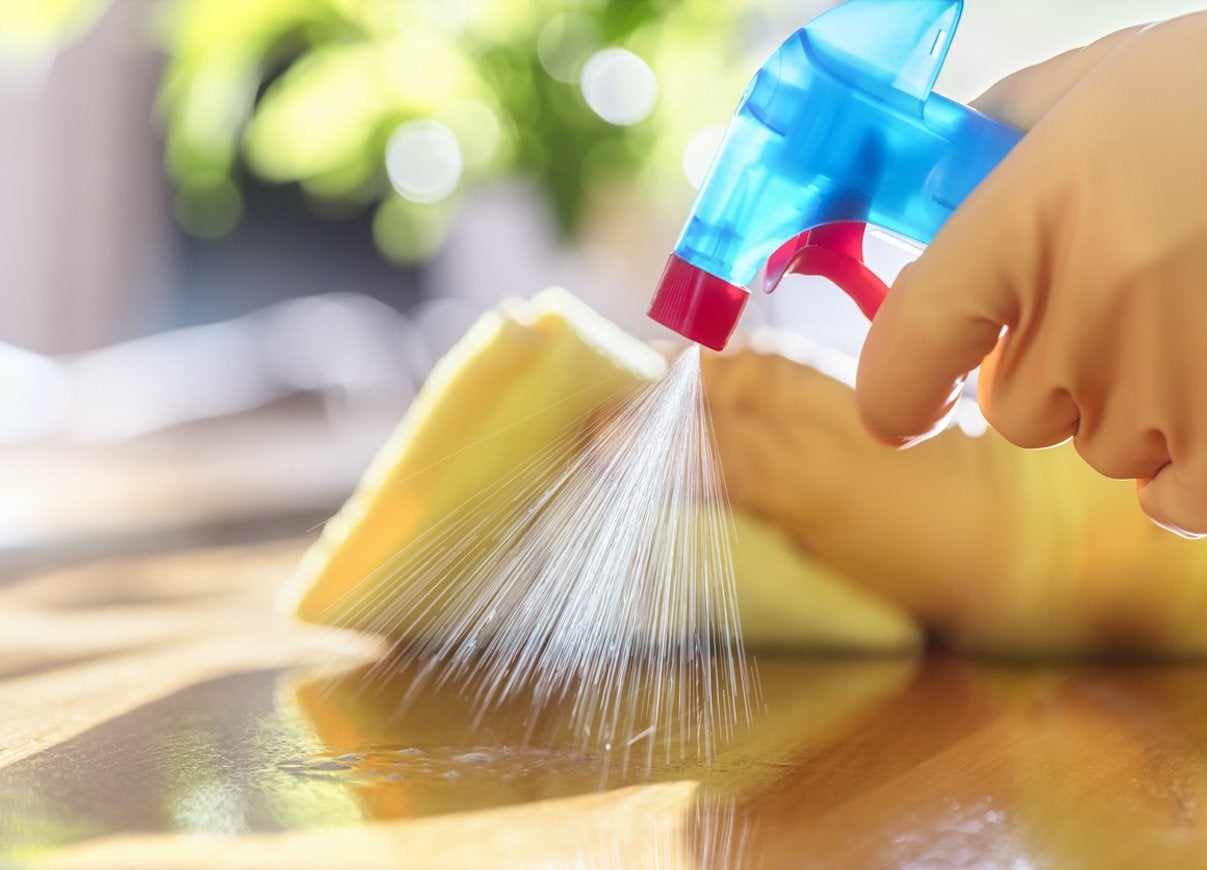
Disinfectants have specific instructions for use which must be followed to the letter. One of the biggest disinfecting mistakes is assuming the product will work immediately—hence the common, incorrect “spray and wipe” method. Disinfectant sprays do not work on contact and may require different amounts of dwell time. What’s more, certain other conditions should be in lace for disinfecting products to be effective. Some Lysol products, for example, indicate that for proper use, the surface must be pre-cleaned, then sprayed with the disinfectant until thoroughly wet, and allowed to remain on the surface for a minimum of two minutes before being wiped away. Spray the disinfectant and wipe it away 10 seconds later and the product will not have killed any viruses or bacteria. Never assume you know how to use a product: Always read and follow the directions.
Reusing the Rag
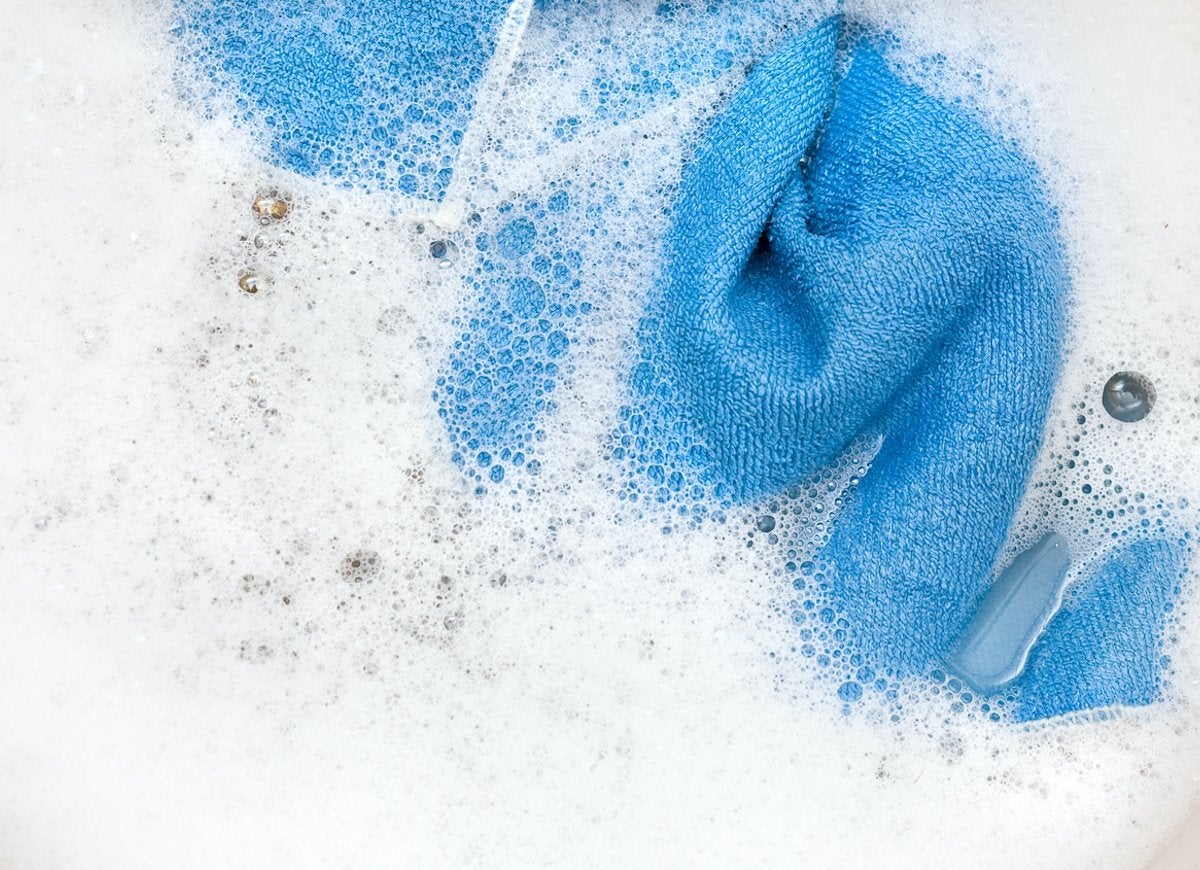
A bad habit that can prevent correct disinfecting and cleaning is using the same rag or cloth repeatedly. Though this rag is continually being soaked in disinfectant, it’s also being swept through the dirtiest surfaces in your home. Each surface comes with its own contaminants, from raw meat in the kitchen to fecal matter in the bathroom, that is easily transferred from location to location if you don’t use disposables wipes or paper towels.
If you prefer to use rags, always use a clean one during disinfection of each surface or area. Rags can be washed in a hot water cycle in your washing machine and dried in the dryer or hung to air dried. It’s also wise to invest in different colored cloths, each color corresponding to an area in your home, to ensure against cross-contamination.
Delaying Disinfecting Frequency
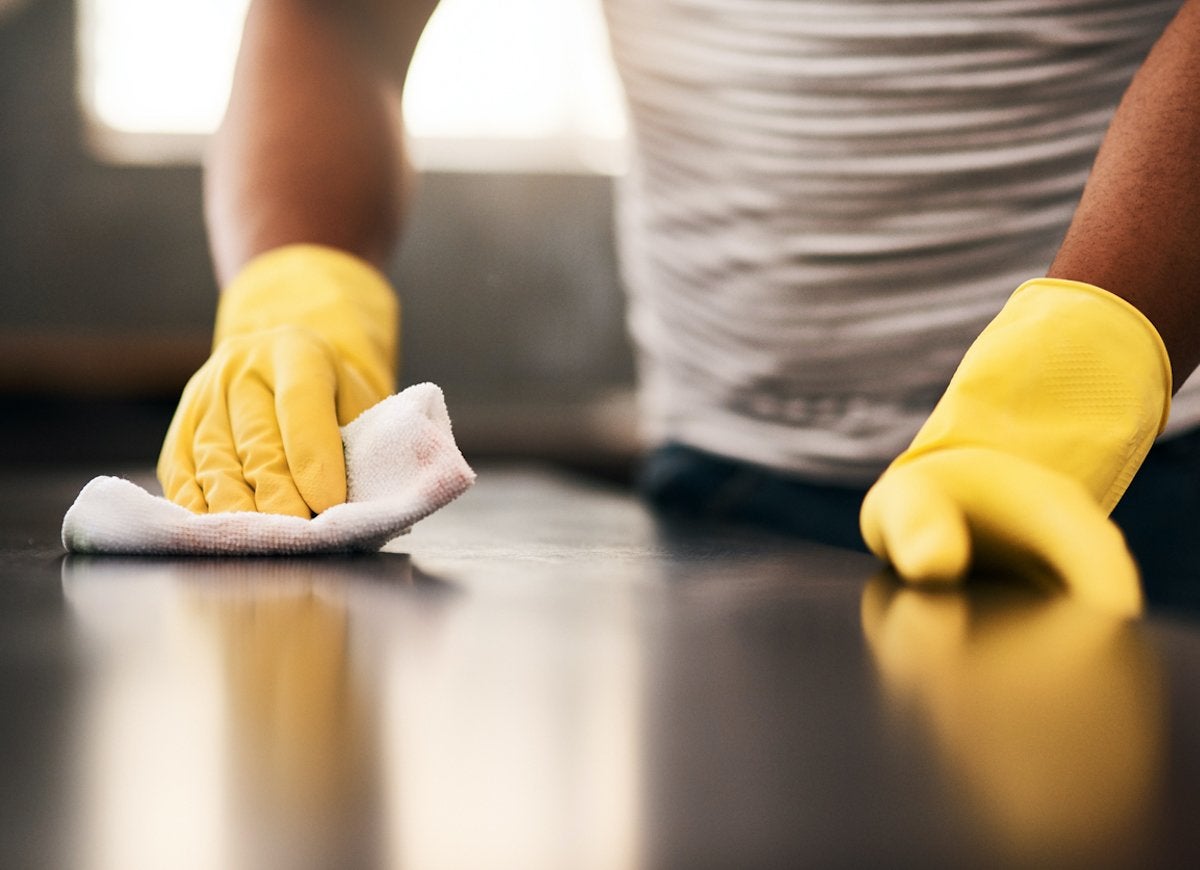
Properly disinfecting takes time and effort, so you may believe it only needs to be done every once in a while. But bacteria, viruses, fungi, and other contaminants are constantly being carried into the home on your family members and pets, insects, and even the air. Usually, disinfecting a home two or three times per week would be adequate to keep surfaces clean and clear of bacteria and viruses, but Covid-19 has prompted a more aggressive schedule. The CDC suggests that you pre-clean and disinfect all high-traffic surfaces at least once every day.
Related: 12 Healthy Habits to Keep Even After Covid-19

